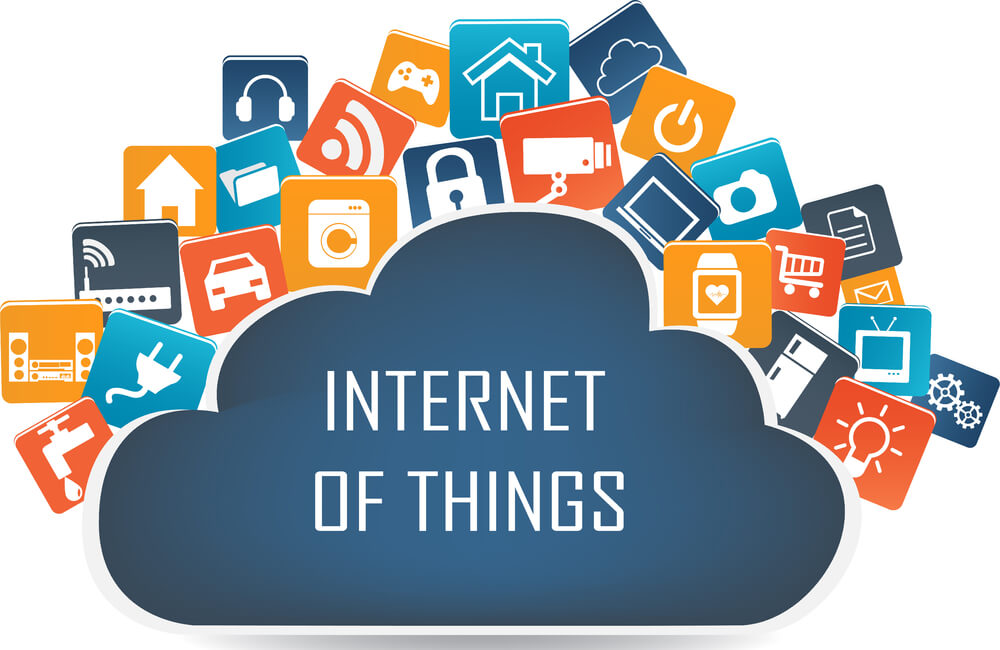How can your business leverage the Internet of Things to achieve the best results?
You’ve probably heard of the Internet of Things: the growing network of Internet-capable devices that are not computers in the traditional sense, but rather ordinary objects that can be programmed, controlled, and monitored over the Internet. These days, almost any device can be WiFi enabled—from printers to watches to home appliances—complete with its own app for effective remote management.
This offers many positive gains for businesses looking for ways to streamline their processes. However, it can also be misleading if the new equipment doesn’t provide benefits for your business. How can you assess one of these new technology investments so that you make the right choice for your business?
It’s time to think strategically. Here are a few considerations for you to take into account as you create an IoT strategy for your business.
1. What value will this provide to your business?
It’s a simple question, but one that can sometimes be skipped in the rush to stay competitive. More importantly, defining a value can help quantify the return you expect to make on your investment. You may see an obvious benefit, but the more important question is: how much value will this bring over other alternatives?
2. Has this technology been successful for others?
Being an early adopter comes with risks. As exciting as new technology can be, it sometimes fails to provide the opportunities it promised. If a new IoT device has shown proven benefits to other businesses, then it’s safer to conclude it will provide similar benefits to your business. However, if this technology is brand new, it may be better to hold off until its proven its worth.
3. How does this technology impact your current network?
The riskiest investments are ones that disrupt an existing workflow or create an entirely new one to manage. The best are those that either complement your current system, or replace it with a higher-functioning one.
4. Do you have the resources to make full use of your new technology?
One of the biggest advantages of IoT devices is the data they provide through monitoring your processes. You can keep track of the wear and tear on your equipment and replace parts before they break down. Or you can better manage your supply chain, ensuring a smoother flow of deliverables. But they can also add work: more data means more time spent interpreting it. And, of course, more technology means more maintenance. If the device saves time and costs enough, it can pay for itself. But if it requires additional resources, be sure your business can expend them before you commit.
5. Does this investment compete with other capital expenditures?
Incorporating a new system involves an opportunity cost. Buying new equipment will tie up funds that could have gone toward other projects. And even if your new equipment promises to return greater value in time and money, it may take time before you see those benefits in your bank account.
Don’t neglect your other IT needs in the rush to jump on the IoT bandwagon.
In your preoccupation with developing an IoT strategy, don’t forget to invest in your current systems. The latest devices won’t help you if your old ones succumb to a security breach, or if your Internet connection isn’t powerful enough to handle the added burden. Don’t forget that IT is a broad field with diverse applications, and all of them need maintenance to keep your business running.
